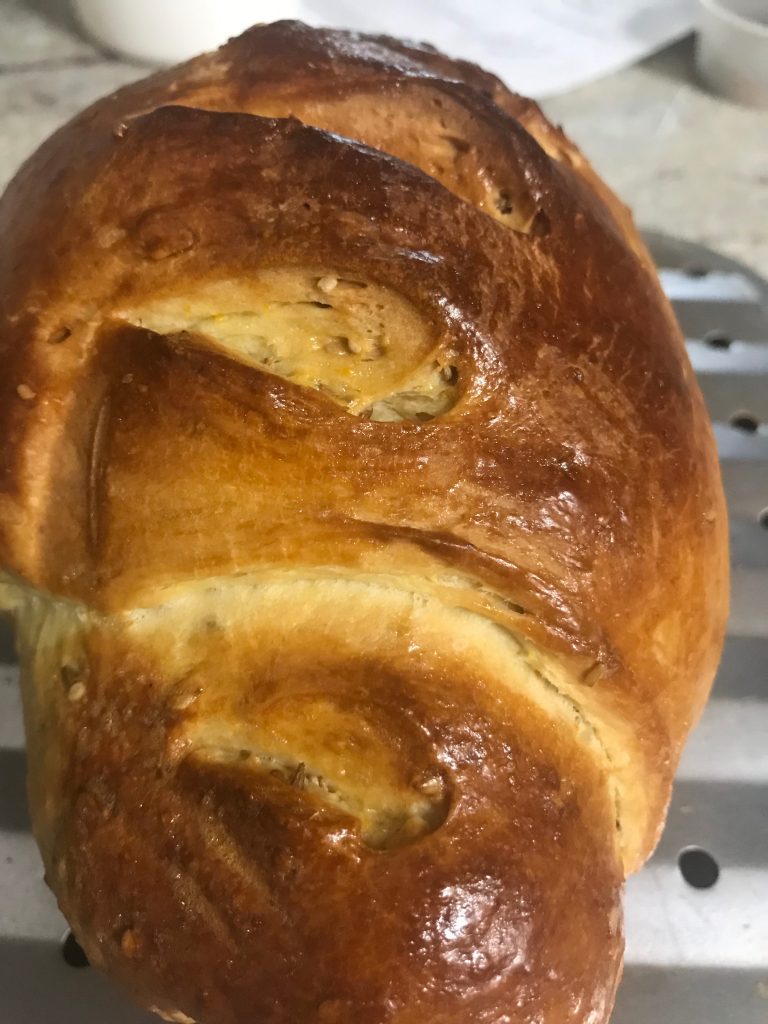
Boulou: North African Orange Bread
Almost cake-like, though not a cake, this orange tinged bread enhances any holiday table. My story about diasporic High Holiday celebratory breads was published at the Jewish Week, “Beyond Challah and Honey.” More will be forthcoming in On the Bread Trail.
Prep time: 2-2.5 hours
Rising time: 40-45 minutes
Baking time: 30 minutes
Yield: 2 small loaves
adapted from Jewish Food Experience, Leah Hadad
INGREDIENTS
2 ¼ teaspoons yeast
½ cup plus 1 teaspoon sugar, divided
½ cup warm water (about 110º F), plus ¼ cup warm water (about 110º F)
1 teaspoon salt
¼ cup orange juice
1 large egg, plus one egg yolk (save the white for the wash), beaten
½ cup vegetable oil, plus some to grease the bowl and pans
1 teaspoon vanilla extract
4 cups all purpose flour
3 tablespoons sesame seeds, divided
1 ½ teaspoon anise seeds
¼ cup golden raisins or chopped apricots
⅓ cup chopped almonds (optional)
zest of 1 orange (optional)
INSTRUCTIONS
1. In a large bowl, mix teaspoon sugar, ½ cup warm water, and yeast. Let it foam for 10 minutes.
2. Add in ¼ cup orange juice, 1/4 cup warm water, eggs, oil, vanilla, orange zest, 1/2 cup sugar, and mix.
3. Slowly add in flour 2 cups at a time, mixing all together.
4. Let it rest for five minutes and then knead for 10 minutes.
5. Add in anise seeds, 2 tablespoons sesame seeds, raisins or dried fruit, orange zest, and almonds. Knead to incorporate it all into dough, about 10 minutes.
6. Place dough into greased bowl, roll it around to cover with oil, and cover the bowl with plastic bag. Place in draft free, warm space to rise for 45 minutes.
7. Line cookie pans with parchment paper. Gently deflate the dough and divide it evenly into two. Shape each into an oblong shape and tuck the ends under. With a knife or a kitchen scissor, make three diagonal slashes in the top of the dough, not all the way through. Set each on the cookie sheet/s and place inside plastic bag.
8. Let rise for 45 minutes. 30 minutes into the rise, pre-heat the oven to 350º with rack in the middle of the oven.
9. When dough is risen, brush with egg wash and sprinkle with sesame seeds. Place into oven for a total bake of 30 minutes.
10. After about 15 minutes, re-brush with egg wash and switch the direction of the pan. If the top browns too quickly, cover it with a sheet of foil.
11. When the bread sounds hollow when tapped and /or reaches internal temperature of 190º F, it should be done. Cool on a rack for 15 minutes.
12. Hadad says that boulou may be baked in advance, cooled, wrapped tightly, and frozen. When ready to serve, defrost at room temperature and warm in a 300º degree oven for 15-20 minutes.
Rabbi’s Remarks:
1. Though less traditional, I would try chopped dried mangoes, maybe candied ginger, to maintain the color of the bread and to add a dried fruit other than apricot or raisins.
2. I highly recommend using the orange zest though it does take time to prep. I also like the texture of the almonds.
3. Next time I will try add some orange blossom water to the regular water.
4. I may also use ground anise for the seed averse children in the family.
about the chocolatebabkaproject
2 thoughts on “Boulou: North African Orange Bread”
Leave a Comment
Recent Posts
-
On the Chocolate Trail in Bariloche, Argentina
In March, Mark and I finally extended our chocolate trail explorations in celebration of our special anniversary to Bariloche…via Miami, Buenos Aires, Ushuaia, Antarctica, and Buenos Aires again. There were international flights, a cruise, a couple of domestic flights to get there. All of the travel was amazing, but Bariloche, sometimes called the chocolate capital
Read more › -
Sunday Yeast Polemics: On the Bread Trail
Leavened bread or not? While some of us may think of Passover, the question applied to Eucharistic bread and created significant division in the early Christian Church. The leavened bread for Sunday use was often baked at home by women. Over time, preferences shifted to clergy, church-produced, breads… and, the Eastern Orthodox Church preferred a
Read more › -
Sweet Treat: Chocolate and the Making of American Jews
You may wonder: how did chocolate help define American Jews? Through chocolate, we see that Jews were part of America since its earliest days. Well, since 1701 at least, Jews in the Colonies made part of their living through chocolate. Several Sephardim, leaders of their New York and Newport Jewish and secular communities, participated in
Read more › -
How About Some Uterus Challah?
When Logan Zinman Gerber felt enraged about the loss of reproductive rights in the U.S., she baked challah. Not any challah. She shaped it into a uterus. It wasn’t long after the birth of her daughter that Gerber, a longtime challah baker and staff member of the Religious Action Center of the Reform movement, considered
Read more ›
Some Previous Posts
(in alphabetical order)
- "Boston Chocolate Party" Q&As with Deborah Kalb
- 2022 Media for The "Boston Chocolate Party"
- A Manhattan synagogue explores the rich, surprising history of Jews and chocolate
- About Rabbi Deborah Prinz
- Baking Prayers into High Holiday Breads
- Boston Chocolate Party
- Digging into Biblical Breads
- Exhibit Opens! Sweet Treat! Chocolate & the Making of American Jews
- For the Easiest Hanukah Doughnuts Ever
- Forthcoming! On the Bread Trail
- Funny Faced Purim Pastries
- Good Riddance Chameitz or, The Polemics of Passover's Leaven
- How About Some Uterus Challah?
- Injera*
- Jewish Heritage Month: Baseball & Chocolate!
- Matzah - But, the Dough Did Rise!
- Plan a Choco-Hanukkah Party: 250th Anniversary Tea Party
- Prayers Into Breads
- To Shape Dough: A Trio of Techniques
Archives
2025
▾- All
2024
▾- January
- February
- March
- May
- July
- All
2023
▾- March
- April
- May
- June
- August
- November
- December
- All
2022
▾- February
- April
- November
- December
- All
2021
▾- March
- April
- October
- November
- All
2020
▾- April
- May
- June
- October
- December
- All
2019
▾- January
- February
- April
- May
- July
- August
- September
- October
- December
- All
2018
▾- February
- March
- April
- May
- July
- September
- October
- November
- December
- All
2017
▾- January
- February
- March
- July
- September
- October
- November
- December
- All
2016
▾- January
- February
- March
- May
- July
- August
- October
- November
- All
2015
▾- January
- February
- March
- May
- June
- July
- September
- November
- All
2014
▾- February
- April
- May
- June
- August
- September
- November
- All
2013
▾- March
- April
- May
- June
- July
- September
- November
- All
2012
▾- January
- February
- March
- April
- September
- October
- November
- December
- All
2011
▾- April
- July
- August
- October
- November
- All
2010
▾- January
- February
- April
- July
- August
- September
- October
- All
2009
▾- January
- June
- July
- August
- October
- All
2008
▾- August
- September
- October
- November
- All
2007
▾- January
- June
- July
- All
2006
▾- November
- December
- All
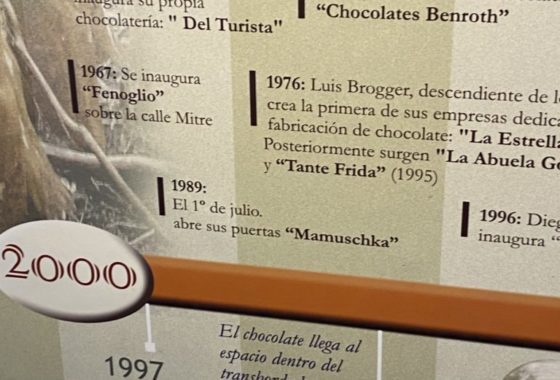
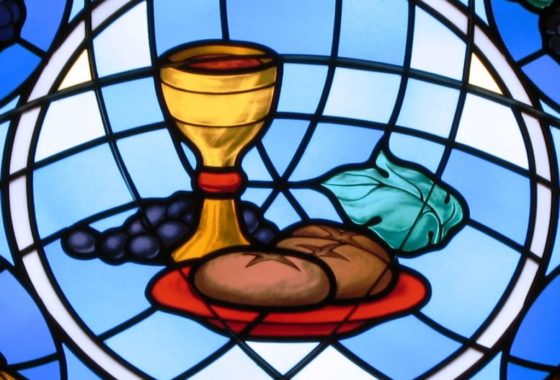
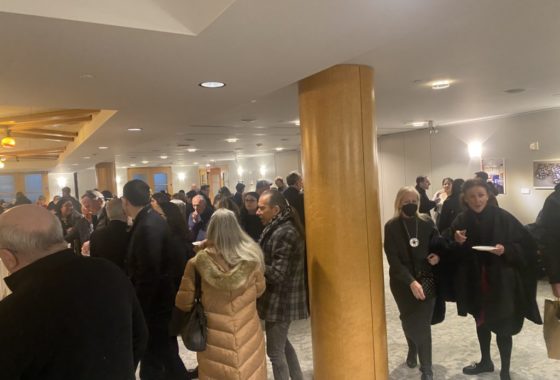
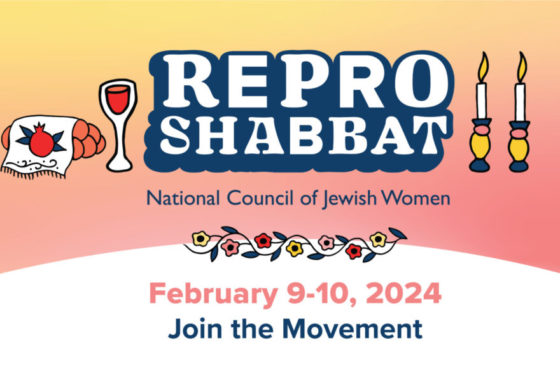
What was the plan for the divided sugar? I see only mention of the half cup, not the tablespoon.
Haha, good catch. the tablespoon is added to the yeast at the start of the recipe. The rest of the sugar should be mixed with the rest of the dough after the yeast is proofed. Hope this helps.